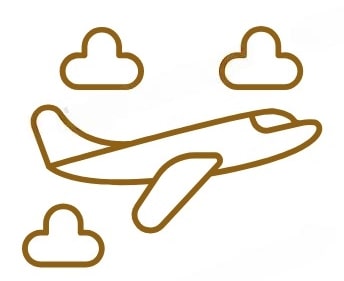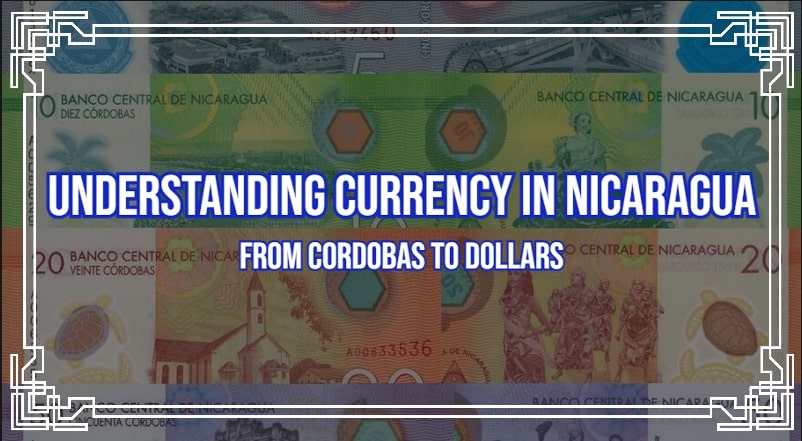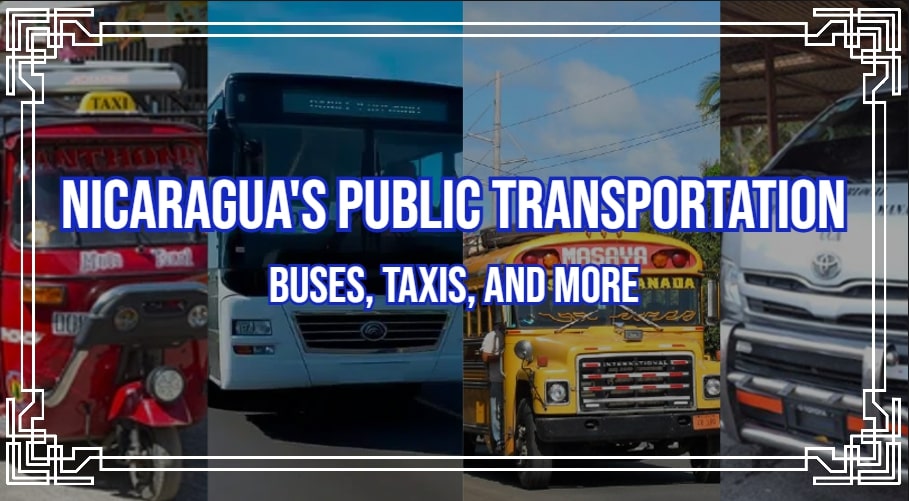Understanding Currency in Nicaragua: From Cordobas to Dollars
-
 Nicaragua Journeys
Nicaragua Journeys - 01 Apr, 2024

When visiting Nicaragua, understanding how the local currency works is key to ensuring smooth transactions throughout your trip. Nicaragua’s official currency is the Córdoba, denoted by the symbol C$. Named after the Spanish conquistador Francisco Hernández de Córdoba, this currency is commonly referred to as “Córdobas” by locals. Sometimes, you may hear it casually called “pesos,” but this is more of a colloquial term than the official name.
Currency Denominations in Nicaragua
The Nicaraguan currency consists of both coins and banknotes. While you’ll find smaller coins used for small purchases, it’s the banknotes that dominate daily transactions. Here’s a closer look at the currency you’ll encounter:
Coins
- 10 cents
- 25 cents
- 50 cents
- C$1 coin
- C$5 coin
- C$10 coin
Though 25 and 50 cents coins are in circulation, they are rarely used except for small purchases, such as in local markets or buses. It’s common for vendors to round up prices rather than deal with cents. The C$10 coin also exists but is not widely used in everyday transactions. Coins ranging from C$1 to C$5 are more commonly exchanged, but even they see less frequent use compared to banknotes.
Banknotes
- C$5 bill
- C$10 bill
- C$20 bill
- C$50 bill
- C$100 bill
- C$200 bill
- C$500 bill
- C$1000 bill
Among Nicaraguans, the most commonly used banknotes in day-to-day transactions are those ranging from C$10 to C$500. These bills are typically used for a variety of purchases, from food to transportation, while the C$1000 bill is generally reserved for larger transactions. Another tip is to try to see which banknotes you are using as you may get some of them wrong if you are not used to them, for example the 10 Córdobas and the 1000 Córdobas are both green, only the latter is longer and darker, likewise the 20 Córdobas and the 200 Córdobas or even the 500 Córdobas.
Converting Córdobas to US Dollars
As of 2024, the exchange rate for the Córdoba hovers between C$36 to C$38 per US dollar, though it is subject to fluctuations. For example, C$1000 is approximately $27 to $28 USD, making it essential to keep an eye on exchange rates during your travels to ensure you’re getting a fair deal.
Using US Dollars in Nicaragua
While the Nicaraguan economy operates primarily in córdobas, US dollars are accepted in many places, particularly in larger businesses, hotels, and tourist-friendly areas. However, a few things to keep in mind when paying with US dollars include:
-
Small Denomination Preference: Although dollars are accepted, smaller bills (like $1, $5, $10, or $20) are preferred. Larger denominations such as $50 and $100 bills are often rejected by smaller vendors due to the difficulty of providing change or concerns about counterfeiting.
-
Condition of Bills: The condition of your US dollars matters greatly in Nicaragua. If a bill is torn, marked, or overly worn, many businesses will not accept it. It’s a good idea to carry clean, crisp bills to avoid any potential issues.
-
Receiving Change: When you make purchases with US dollars, especially larger transactions, it’s common to receive change in córdobas. Familiarize yourself with the local currency so you’re not caught off guard when receiving mixed currency in return.
Withdrawing and Exchanging Money
ATMs are prevalent in Nicaragua’s urban centers and tourist areas. These machines typically dispense both córdobas and US dollars, giving travelers the option to choose. However, it’s wise to be aware of potential withdrawal fees from your home bank.
If you prefer to exchange your money at an official location, “casas de cambio” (exchange bureaus) or banks are the best options. These institutions typically offer better rates than informal street exchanges, ensuring you get the most out of your money. It’s recommended to avoid unofficial money changers who may offer enticing rates but carry higher risks.
Credit and Debit Card Use
Credit and debit cards are widely accepted in cities, restaurants, hotels, and larger shops. However, cash remains the primary method of payment, especially in rural areas or smaller businesses. Always have some cash on hand for situations where cards may not be accepted, and if possible, break down larger bills into smaller denominations before heading to more remote locations.
Important Tips for Managing Money in Nicaragua
- Carry a mix of both córdobas and US dollars to ensure flexibility during your trip.
- Avoid carrying large denominations of dollars as these are harder to use in smaller shops.
- Break larger bills into smaller denominations, especially before traveling to rural areas or small towns.
- Ensure that your US bills are in good condition, as damaged currency is often rejected.
- Monitor the exchange rate to get the best value for your money when converting dollars to córdobas.
Conclusion
By understanding the ins and outs of Nicaragua’s currency system, from the range of banknotes and coins to the ease of using US dollars, you’ll be better equipped to handle financial transactions smoothly and confidently throughout your travels.


